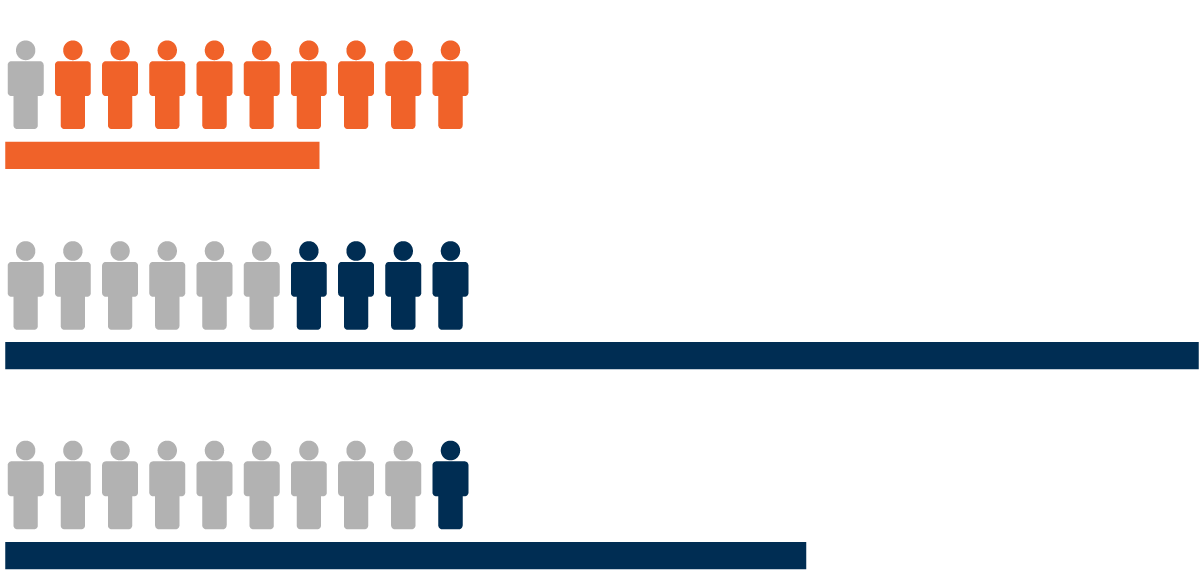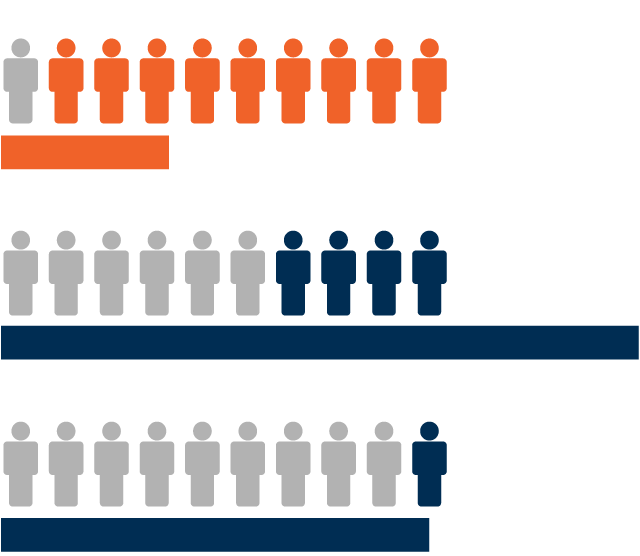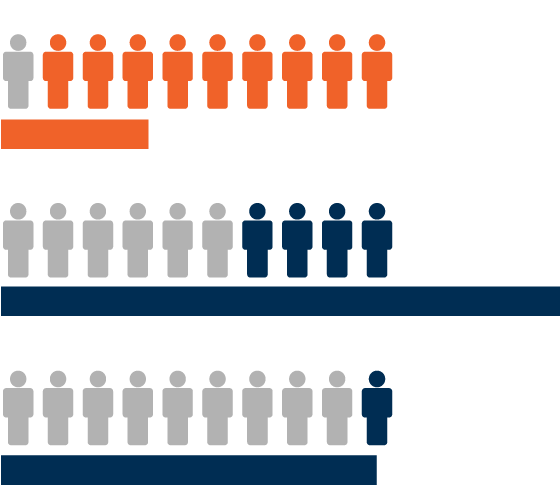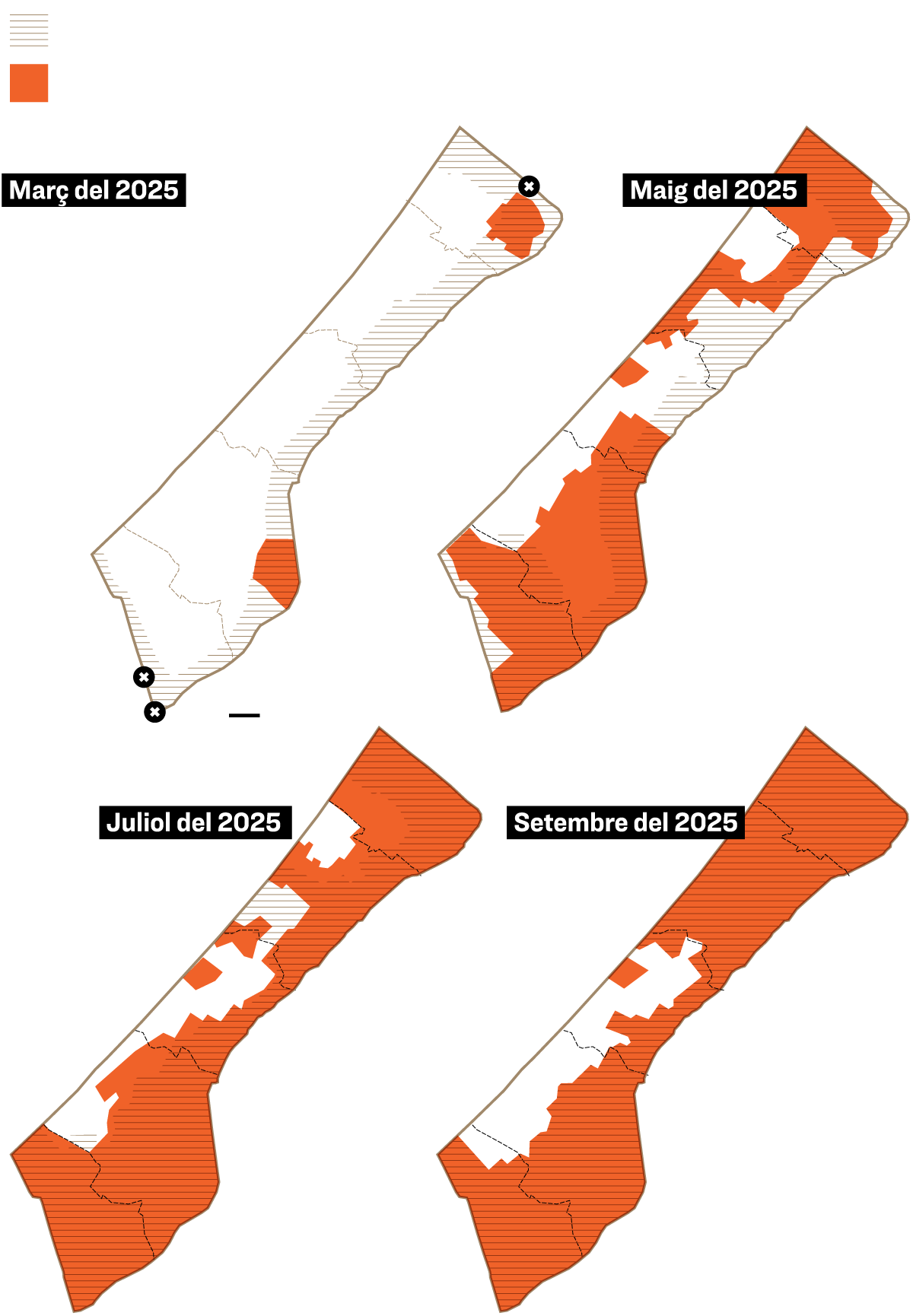Gaza, before and after the war
The level of devastation in the Strip, visible through satellite images, is unprecedented compared to recent war scenarios.


BarcelonaFloods of Gazans returned to northern Gaza after the agreement between Israel and Hamas ended the constant Israeli bombardment of the Strip. But what remains of the Gaza they knew? Homes, roads, schools, and fields have been replaced by tons of rubble. Ninety-two percent of homes have been destroyed or damaged, healthcare, water, sanitation, and hygiene systems have collapsed, and the majority of the population is under the maximum alert level due to famine. This scenario adds to the widespread shock caused by the deaths of more than 67,000 people and the displacement of nearly two million. The devastation is evident through satellite images.
The scale of the devastation
The level of devastation in the territory is unprecedented compared to recent war zones. The same is true of the number of internally displaced persons and civilian deaths.
An economy in ruins
Before the start of the conflict, agriculture accounted for nearly 10% of Gaza's economy, with more than 560,000 people depending wholly or partially on agricultural production, livestock farming, or fishing for their livelihoods. Now, the devastation is exacerbating an already underemployed economy.






